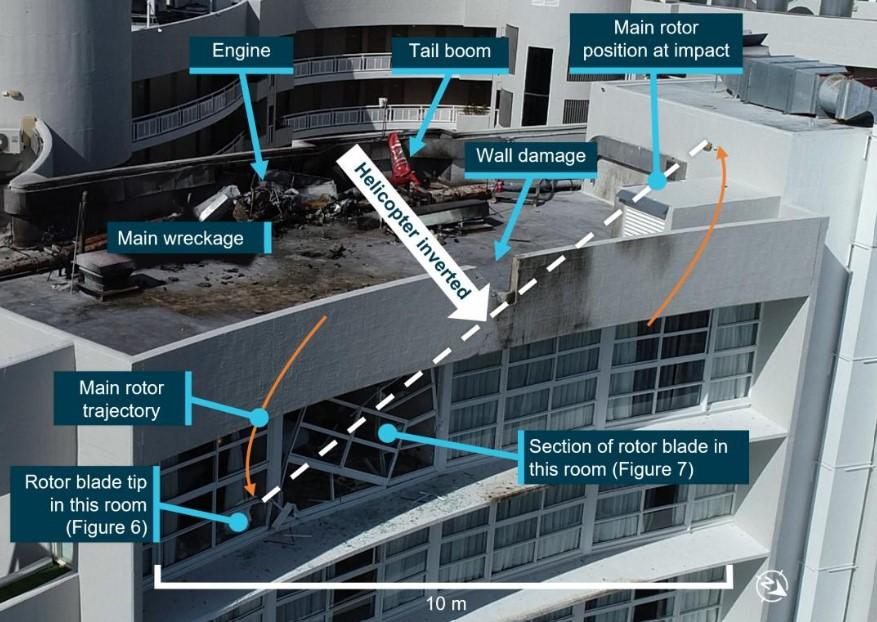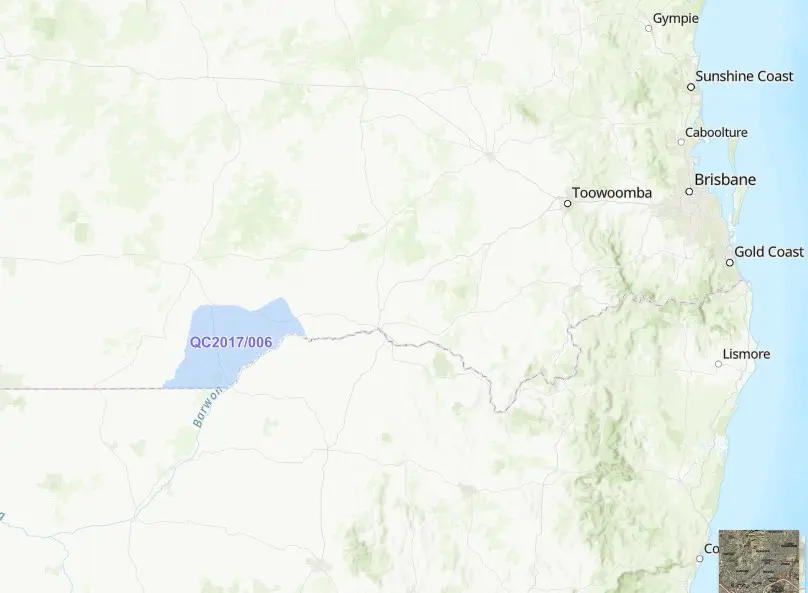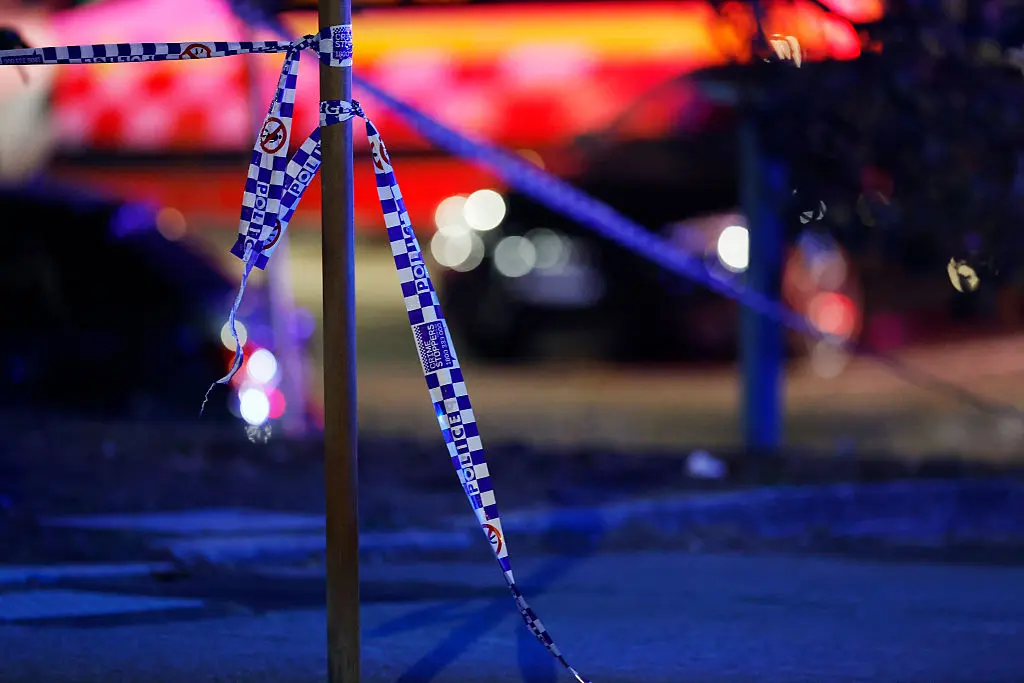An Australian Transport Safety Bureau investigation has found that a pilot who died after he crashed a helicopter into the roof of a Hilton hotel in Australia’s far north Queensland was heavily intoxicated at the time.
Safety investigators said Blake Wilson, 23, had been celebrating his farewell party at various venues in the tropical city of Cairns on Aug. 12 before starting a different job with his employer Nautilus Aviation.





